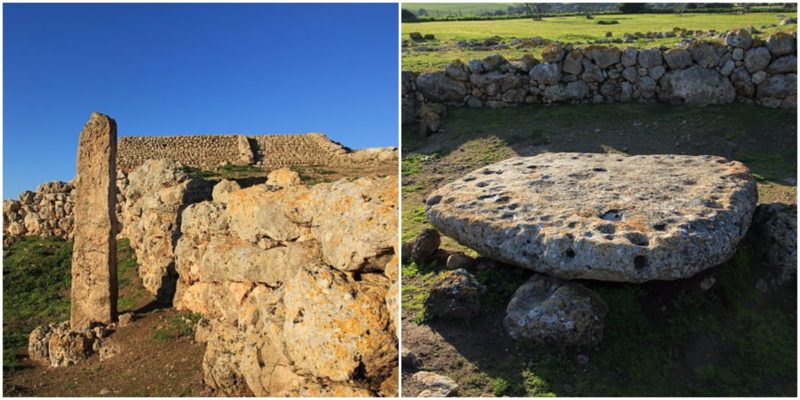Monte d’Accoddi is rare archaeological site located on the island of Sardinia. This place is a unique treasure found on the ‘land of old Europe’.
Sardinia is the second largest island in the Mediterranean Sea and it is situated in the western Mediterranean, south of the French island of Corsica.
Monte d’Accoddi was part of a village of Neolithic origin, which archaeologists believe that was built 4500 BC. It is placed 7 miles away from the city of Sassari, in northern Sardinia. It had survived the region’s turbulent epochs several times until it was forever abandoned around 1800 BC.
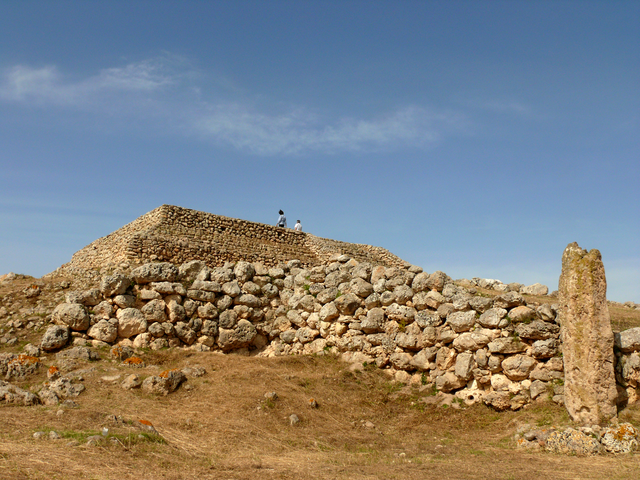
The megalithic structure was found fifty years ago. The site is formed of a massive raised stone platform that was primarily constructed by the Ozieri culture. Some of the archaeologist describe it as an altar or temple and others as step pyramid.
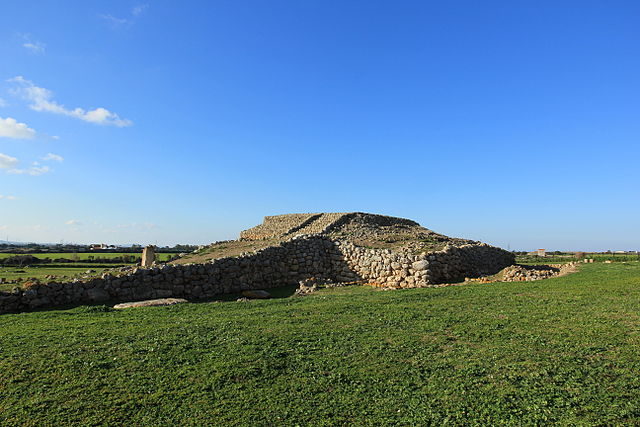
The monument is similar to the Mesopotanian ziggurats, a rectangular stepped pyramids with a long ramp. Ziggurats symbolize cosmic axis, a bridge between heaven and earth and unlike the pyramids of Ancient Egypt, they had a temple on top, just like most Mexican pyramids. The name Accoddi probably comes from the word coda which means stone.
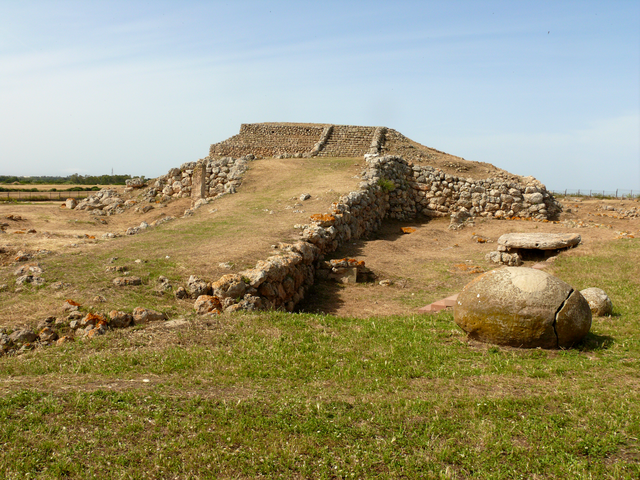
Excavations have been done under the direction of the archaeologists Ercole Contu and Santo Tiné. Around the monument there are the remains of the village and not very far from the place can be seen several burial sites.
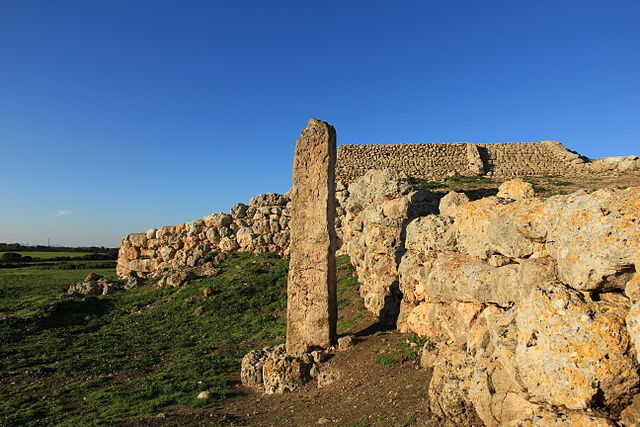
The prehistorical altar of Monte d’Accoddi was erected in two phases. First at the time of the culture of Ozieri (4000-3200 BC) and later during the flourishing era of the Abealzu-Filigosa culture (3200-2700 BC).
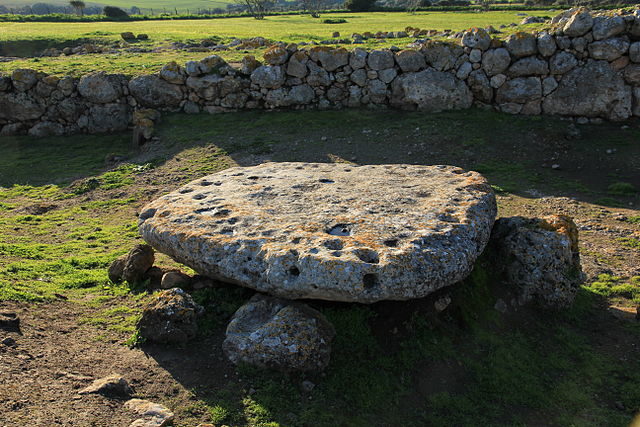
The prehistoric structure at first was lower and smaller and had on top a small temple painted with red ocher, known as the red temple. In the second phase the structure was raised, integrating the small temple.
After the excavations the monument was reconstructed during the 1980s and all archaeological discovers, including many ceramics and other artifacts were brought to museum. The archaeologists still have different opinions on the original architecture of the structure.
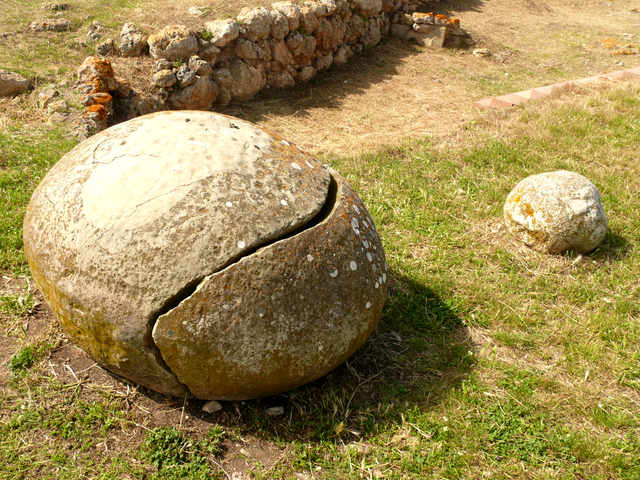
Monte d’Accoddi was used for animal sacrifice. The site was excavated in the 1960s and many signs proved that it was significant sacred center. Bones of sheep, cattle and swine were found nearly in equal quantity. There were also found two mysterious carved oval stones: one large cracked egg shaped stone and one smaller stone. One large stone table with holes at the edge to attach something was found too. This artifacts certainly had religious purpose. The site was completely deserted around 1800 BC, at the beginning of the Nuragic civilization.
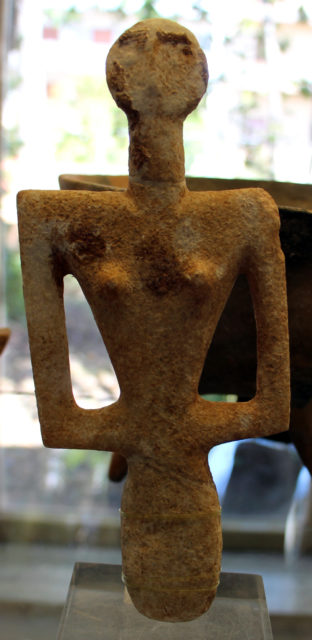
Near the south-eastern part of the monument there is a dolmen (a type of single-chamber megalithic tomb) and across the ramp stands a menhir (a tall standing stone). The monument must have played significant role in the lives of the people that lived there. It is maybe the earliest known sacrificial site in Western Europe, that shows the prehistoric ritual practices of the people that lived at Monte d’Accoddi in the dawn of the civilization.
